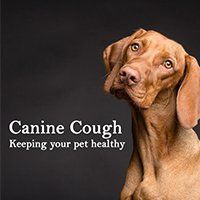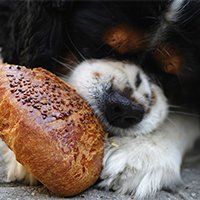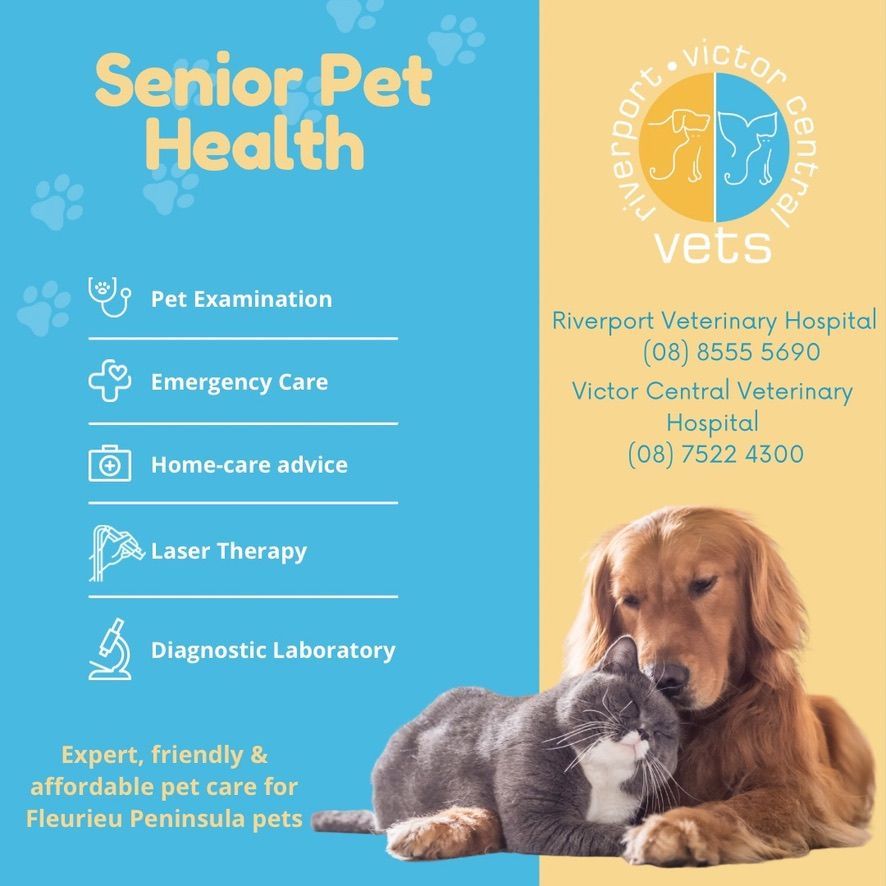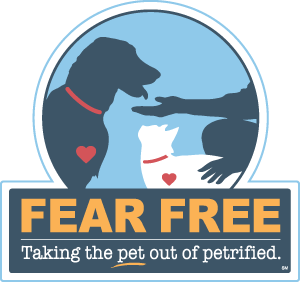Blog
Caring for our senior pets at home
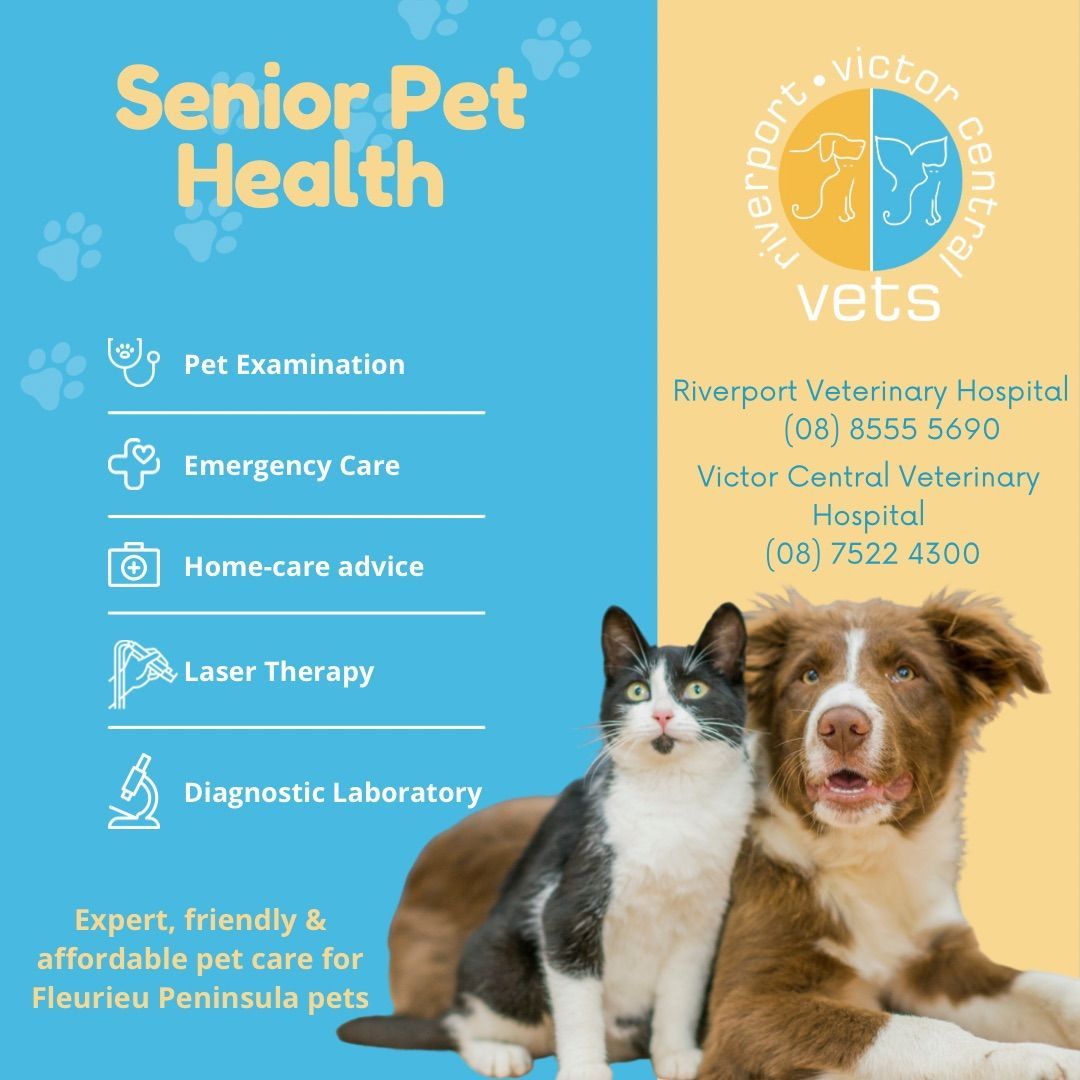
Caring for our senior pets at home
By Kristin Pearce
Registered Veterinary Nurse
We understand the love and care you have for your senior pets, and ensuring their comfort during their golden years is a top priority. Here are a few more key considerations to keep your special senior pets comfortable at home:
Regular Exercise on Soft Surfaces:
Regular exercise is crucial to maintain muscle mass in senior pets. However, it's important to choose soft surfaces for their exercise routine. Walking your dogs on grass or at the beach can be gentler on their joints compared to pavement. For cats, consider using a cat harness for supervised walks in safe areas or provide them with positive reinforcement training and interactive playtime in an enclosed cat run. Rabbits and guinea pigs can benefit from supervised "free range" time in a large enclosed area on the lawn.
Swimming:
If your pet enjoys water, supervised swimming can be an excellent exercise for maintaining muscle mass, while being gentle on joints. However, swimming is not recommended for cats and pocket pets.
Soft Bedding:
Providing soft bedding is essential for the comfort of all pets, including senior ones. Consider using specially designed arthritic beds, such as the Barney Bed, which has been proven to alleviate pain. Pocket pets, like rabbits and guinea pigs, also benefit from soft bedding options.
Warmth:
Ensure your pets have a warm and cozy environment. This can include jackets and kennels for outdoor pets or heated beds for indoor cats. Cats, in particular, enjoy the luxury of heated beds. Keeping joints warm can help alleviate arthritic pain.
Non-Slip Floors:
Older dogs often struggle with grip on slippery floors, which can put additional strain on their muscles and joints. To prevent muscle issues and accidental slipping, place cheap carpet runners or yoga mats on the floors your dog frequents (eg. from their bed to the back door).
Ramps and Stairs:
Jumping up and off furniture or in and out of cars can be problematic for senior pets with arthritis. Train your pets using positive reinforcement to use secure ramps and stairs to minimize the risk of injury. Alternatively, assisting them in and out of cars by picking up may be needed. Avoid ramps and stairs for guinea pigs and rabbits due to the risk of falls and fractures.
Positive Reinforcement Training and Environmental Enrichment:
Mental stimulation is vital for senior pets' cognitive health. Regular positive reinforcement training, including cats, can help maintain their cognitive function. Use high-value treats, such as cooked chicken breast or small pieces of tuna, to motivate your cat. Environmental enrichment, such as scattering treats in the lawn or using food puzzle toys like snuffle mats and KONGs, encourages pets to engage in natural behaviors.
By incorporating these additional considerations into your senior pet's care routine, you can enhance their overall comfort, physical health, mental well-being, and quality of life during their golden years.
